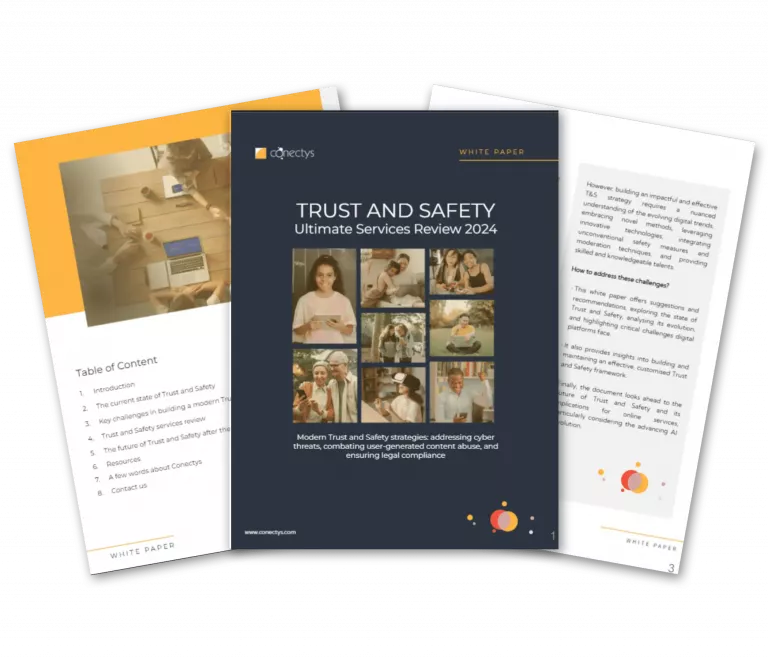What is Call Volume? The CX Metric That Makes or Breaks Customer Experience
The reason some customers rave about your support while others abandon calls in frustration often lies in one critical metric: call volume. This single factor drives everything from agent morale to brand perception, making it essential to understand and manage effectively.
In simple terms, call volume is the total number of inbound calls your contact center receives during a specific timeframe—whether measured hourly, daily, weekly, or monthly. Understanding this metric, however, goes far beyond just counting rings; it directly impacts your customer experience strategy and operational success.
What is Call Volume in Customer Experience?
Contact center traffic represents the heartbeat of your customer service operations. Think of it as your customer demand barometer—when this number spikes unexpectedly, your entire CX strategy can crumble faster than a house of cards.
This metric encompasses every inbound interaction flowing into your contact center, from billing inquiries to technical support requests. For CX leaders, these figures reveal whether your customers can actually reach you when they need help most.
The Impact of Inbound Traffic on Customer Experience
High traffic without proper preparation creates a domino effect of customer frustration. When your contact center can’t handle the influx, you’re looking at:
- Extended wait times that test customer patience
- Rushed conversations that leave issues unresolved
- Agent burnout from overwhelming workloads
- Damaged brand reputation from poor service experiences
Industry research shows that abandoned calls can account for up to 40% of lost potential revenues annually. That’s not just a service problem—it’s a business crisis.
Conversely, low call volume with excessive staffing means you’re paying for idle resources. The sweet spot is a perfectly balanced capacity that keeps customers happy without breaking your budget.
Fundamentals of Demand Forecasting
Predicting incoming demand isn’t guesswork—it’s strategic planning powered by data and experience. Effective forecasting typically analyzes historical patterns, seasonal fluctuations, and industry benchmarks to predict future needs with precision.
Key Data Sources for Accurate Forecasts
A comprehensive approach usually combines multiple data sources:
- Historical patterns from previous 12-24 months
- Seasonal variations that impact specific industries
- Marketing campaign schedules that drive customer inquiries
- Product launch timelines that create support spikes
For example, retailers often experience traffic spikes of up to 300% during November and December. This is why flexible capacity planning becomes essential for maintaining service quality year-round.
Proven Strategies to Reduce Incoming Calls Without Sacrificing Quality
Smart CX leaders don’t just manage demand—they strategically reduce unnecessary interactions while improving customer satisfaction. Here’s how:
Optimize Self-Service Options
Deploying AI-powered FAQs and chatbots to handle routine inquiries can potentially reduce inbound traffic by 15-25%, especially when paired with improved website information architecture.
Use Proactive Communication
Sending order updates, service notifications, and troubleshooting tips before customers need to contact you helps prevent issues from becoming support tickets.
Enhance IVR Systems
Properly routing customers to the right agents immediately reduces transfers and repeat interactions that can inflate your contact numbers.
Invest in Agent Training Excellence
Well-trained agents who resolve issues on the first interaction help prevent callbacks that artificially inflate metrics.
Data Analysis: The Numbers That Drive Success
Industry studies reveal fascinating patterns in contact center operations, especially regarding call volume. For instance, streaming services often see peak hours during evening entertainment time rather than traditional business hours. Companies that adjust staffing schedules accordingly may improve service levels by 25-35% while reducing overtime costs.
Key Performance Metrics to Track
Key metrics that successful contact centers typically track include:
- Average daily interactions
- Peak hour multipliers (often 2-4x baseline activity)
- Seasonal variation (can reach 150-200% spikes)
- First-contact resolution improvements
This data-driven approach helps organizations make informed decisions about staffing, technology investments, and service level commitments.
The Strategic Advantage of Professional Demand Management
Managing inbound traffic effectively requires more than spreadsheets and guesswork. Organizations need strategies that understand the intricate relationship between customer demand, operational capacity, and business outcomes.
Successful contact centers leverage experience from managing millions of customer interactions across industries. Advanced forecasting models can account for everything from weather patterns affecting delivery inquiries to social media campaigns driving product questions.
Ready to transform your contact center metrics from a daily headache into a competitive advantage? Consider how optimized customer experience operations can deliver both efficiency and satisfaction for your organization.


